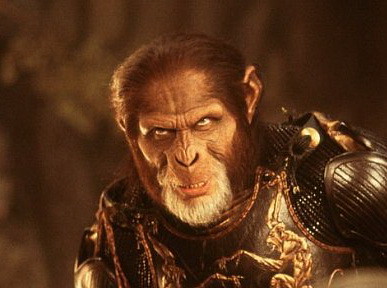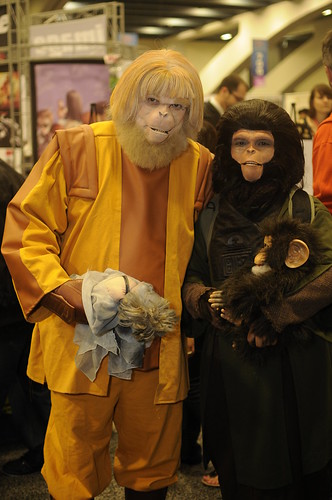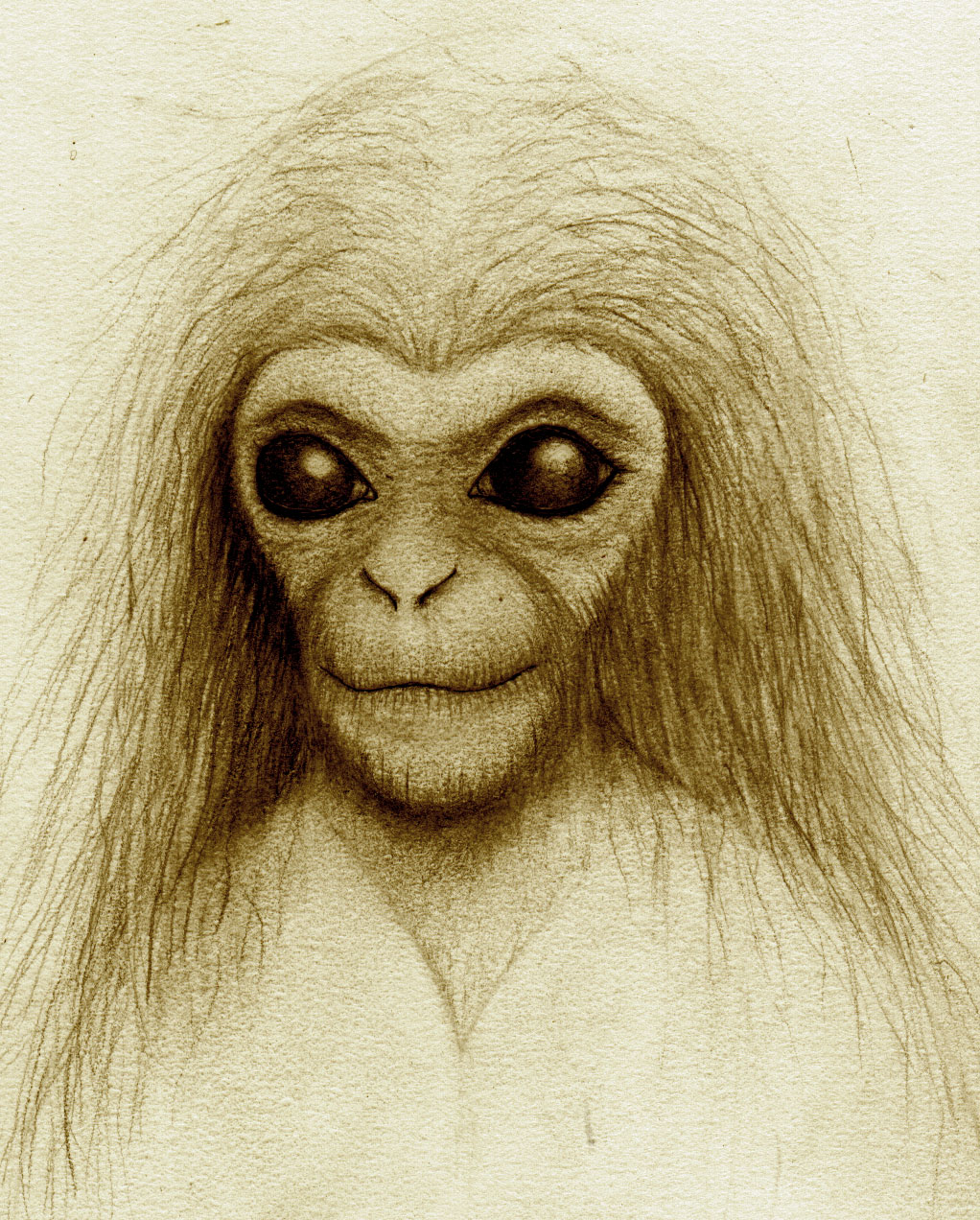 |
| Flickr aresryo |
Ivanov was interested in testing the hypothesis whether a human-ape hybrid could be produced. And in 1924, his project was approved by the Soviet Academy of Sciences and he was offered funding from the Soviet Financial Commission. Attempts to to cross human beings and apes had previously failed in the planning stage, by Dutch zoologist named Hermann Marie Bernelot Moens in 1908, and Hermann Rohleder in 1918.
Travelling to a research station in Guinea, West Africa Ivanov found that more than half the chimpanzees there had died and the rest were too young for the proposed purpose. In desperation, Ivanov decided to impregnate three African women, without their consent. However, no pregnancy resulted.
This project ultimately failed and Ivanov was condemned by the Soviet Academy of Sciences. Ivanov was arrested and he later died in one of Stalin's labour camps in Kazakhstan. Not due to his failure to create an ape army, but because of the political and scientific clashes which existed at the time. Stalin actually supported those scientists who rejected genetic research as being bourgeois and imperialist.
Attempts had been made before, to cross an ape and a human according to Gordon Gallup, a psychologist, from the University of Albany. Supposedly, the Yerkes National Primate Research Center in Orange Park, Florida, had successfully produced a live birth after impregnating a chimpanzee with human sperm during the 1920s. The scientists, however, decided to destroy the creature after a few days passed. Or, so it is said.
According to scientific evidence, we humans split from our closest African ape relatives (genus Pan) around six to seven million years ago. While we clearly display features that link us with African apes, we also have features that seem to be more primitive, which makes you wonder if our ancestors looked more like modern chimpanzees and gorillas, or a very different looking kind of ape group. A study published in the Proceedings of the National Academy of Sciences is of the opinion that the simplest explanation is more likely to be true; which means, that the ancestor likely looked a lot like a chimpanzee or gorilla.
Books To Read
A Wrinkle in Time, by Madeleine L'Engle - adventures in space and time.
According to scientific evidence, we humans split from our closest African ape relatives (genus Pan) around six to seven million years ago. While we clearly display features that link us with African apes, we also have features that seem to be more primitive, which makes you wonder if our ancestors looked more like modern chimpanzees and gorillas, or a very different looking kind of ape group. A study published in the Proceedings of the National Academy of Sciences is of the opinion that the simplest explanation is more likely to be true; which means, that the ancestor likely looked a lot like a chimpanzee or gorilla.
Books To Read
A Wrinkle in Time, by Madeleine L'Engle - adventures in space and time.

